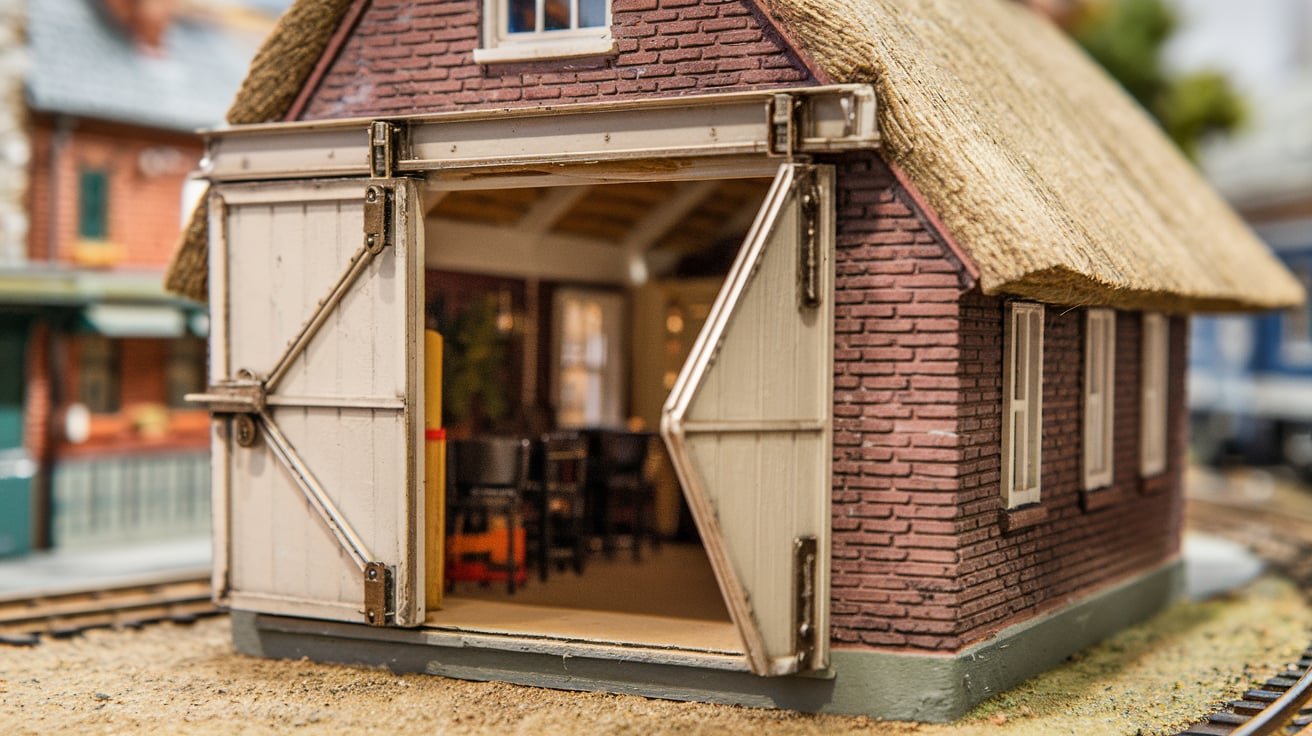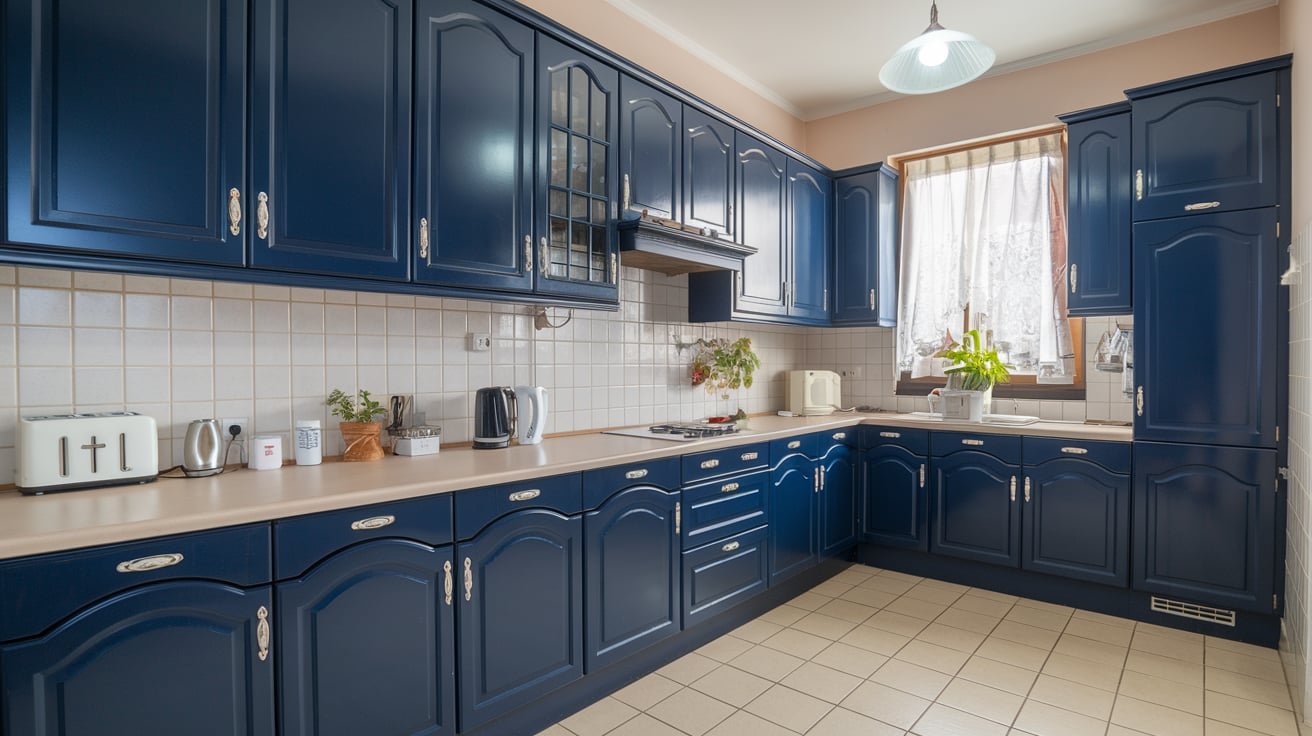Introduction to HO Scale Sliding Door Hinges
HO scale sliding door hinges are a fundamental component for model railroading and scale model building enthusiasts. These small but intricate pieces of hardware allow modelers to create realistic, functional doors for a variety of structures, from train stations to warehouses. Whether you’re working on a detailed model layout or a single building, finding the right sliding door hinges that fit within the HO scale is essential for creating a convincing and accurate representation of real-world buildings and vehicles. Understanding the options available for HO scale sliding door hinges can help you achieve a more professional and polished model.
Importance of Detail in HO Scale
Modeling in HO scale is highly popular in the United States due to its perfect balance between size and detail. The scale’s 1:87 ratio makes it large enough to capture fine details while small enough to fit into compact layouts. When it comes to structures like warehouses, barns, or even train cars, sliding doors are common, and so are the small hinges that allow them to open and close. HO scale sliding door hinges are vital to replicating these real-world mechanisms. The meticulous design of these hinges ensures that sliding doors operate as smoothly as their life-sized counterparts, making them a critical element for modelers aiming for high fidelity.
Materials and Construction of HO Scale Sliding Door Hinges
HO scale sliding door hinges are generally made from either etched brass, plastic, or stainless steel. Brass hinges are particularly popular for their durability and the realistic aged appearance they develop over time. Etched brass sliding door hinges are often favoured by serious modellers who require both strength and flexibility. Brass can be easily aged to give it a weathered or rustic look, making it ideal for historical or industrial model settings. Plastic hinges, on the other hand, tend to be less expensive and are often used in model kits or by beginners. Despite being lightweight, plastic hinges may lack the longevity and realism of brass or stainless steel options, especially for frequent use or outdoor display models.
The functionality of HO Scale Sliding Door Hinges
The functionality of HO scale sliding door hinges varies depending on the type and quality of the hinge. Many hinges are designed to mimic the mechanics of real sliding doors, allowing the miniature doors to slide smoothly along tracks. The precision in the design of these hinges ensures that they perform the same tasks as their life-sized equivalents, despite their tiny size. Modelers who create custom HO scale structures often seek out sliding door hinges that provide flexibility, ensuring that doors can be opened, closed, or even left ajar, adding a dynamic element to the scene. This level of functionality brings the miniature world to life, allowing modelers to create more interactive and immersive layouts.
Where to Use HO Scale Sliding Door Hinges
HO scale sliding door hinges are most commonly used in structures like barns, factories, warehouses, and industrial buildings, where sliding doors are a common architectural feature. They can also be used in rolling stock, such as boxcars or cabooses, where sliding doors are an essential part of the vehicle’s design. These hinges are crucial for maintaining the realism and authenticity of these models. The careful placement of HO scale sliding door hinges allows for smooth, functional doors that enhance the overall aesthetic and operational quality of the model.
In addition to buildings and rolling stock, HO scale sliding door hinges can be used in scratch-built or kit-bashed models. Modellers often customise pre-existing kits or build their own structures from scratch, requiring hinges that fit perfectly with their specific designs. Whether it’s a vintage barn door or a modern factory shutter, sliding door hinges in HO scale provide the necessary movement while maintaining scale accuracy.
Installation of HO Scale Sliding Door Hinges
Installing HO scale sliding door hinges requires a degree of patience and precision. Since these hinges are so small, it’s essential to handle them with care during the installation process. Depending on the material, some hinges may need to be bent or shaped to fit the specific design of the door and the surrounding structure. Brass hinges, for example, can be gently adjusted without breaking, making them a favourite among modellers who require flexibility. It’s also important to consider the type of adhesive or fastener used to secure the hinges, as this can affect both the appearance and functionality of the sliding door.
Many modellers recommend using tweezers or fine-tipped pliers to handle and install HO scale sliding door hinges. Some hinges may come pre-drilled with tiny holes for screws or pins, while others require glue to stay in place. In either case, ensuring that the hinges are aligned properly and function as intended is key to achieving a professional-looking model. Poorly installed hinges can result in doors that don’t slide smoothly or don’t stay in place, detracting from the overall realism of the model.
Customizing HO Scale Sliding Door Hinges
One of the appealing aspects of HO scale sliding door hinges is their potential for customisation. Modelers who want to achieve a specific look or replicate a particular historical period may choose to modify their hinges to better suit their models. Brass hinges, for example, can be aged or weathered to create a rustic, industrial appearance. A simple ageing solution can be applied to the brass to create a patina that mimics years of exposure to the elements. This technique is particularly useful for structures like barns or warehouses, where a weathered look adds to the overall realism.
Plastic hinges can also be customized through painting or airbrushing. Adding a layer of metallic paint can give plastic hinges the appearance of brass or steel, making them more suitable for industrial or historical settings. Modelers may also choose to file or trim plastic hinges to better fit their models, ensuring that the sliding doors function smoothly within the structure.
Best Practices for HO Scale Sliding Door Hinges
When working with HO-scale sliding door hinges, several best practices can help modelers achieve the best results. First, always ensure that the door and frame are properly aligned before installing the hinges. Misaligned doors can cause the hinges to strain or break over time. It’s also important to test the door’s functionality before permanently securing the hinges in place. Making small adjustments to the hinges during the installation process can ensure that the doors slide smoothly and don’t become stuck.
Another best practice is to use the appropriate adhesive or fasteners for the type of hinge being installed. For brass hinges, small screws or pins are often preferable, while plastic hinges may require model glue or a similar adhesive. Taking the time to properly secure the hinges will result in a more durable and functional door, preventing issues like sagging or misalignment.
Conclusion
HO scale sliding door hinges are an essential component for creating realistic and functional models in the world of model railroading. Whether used in buildings, rolling stock, or custom projects, these small but detailed hinges allow doors to slide smoothly and enhance the overall realism of the model. With options ranging from etched brass to plastic, modelers have a variety of choices depending on their needs and skill levels. By paying attention to detail and following best practices for installation and customization, modelers can ensure that their HO scale sliding door hinges perform flawlessly and add an authentic touch to their miniature worlds.










